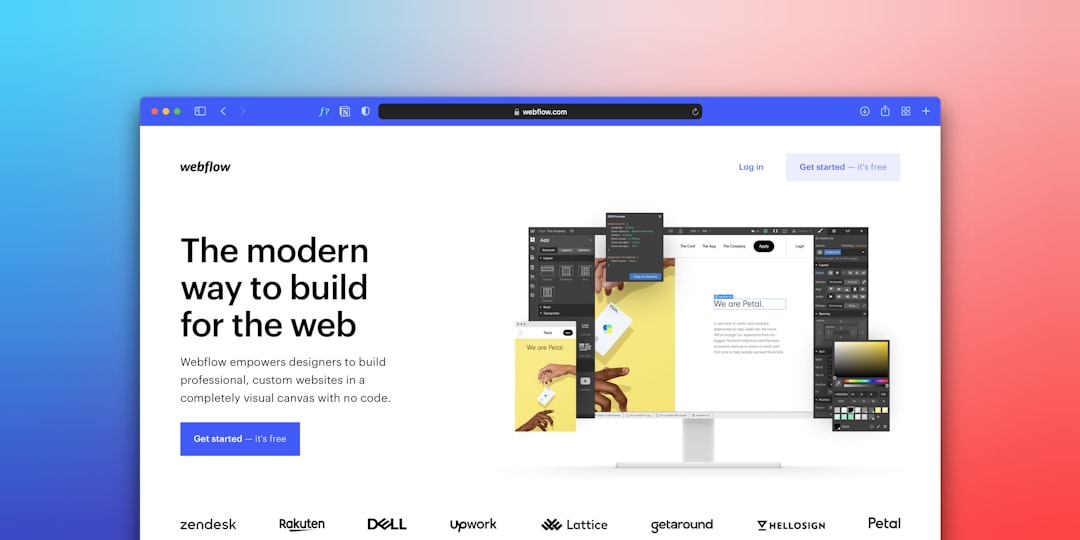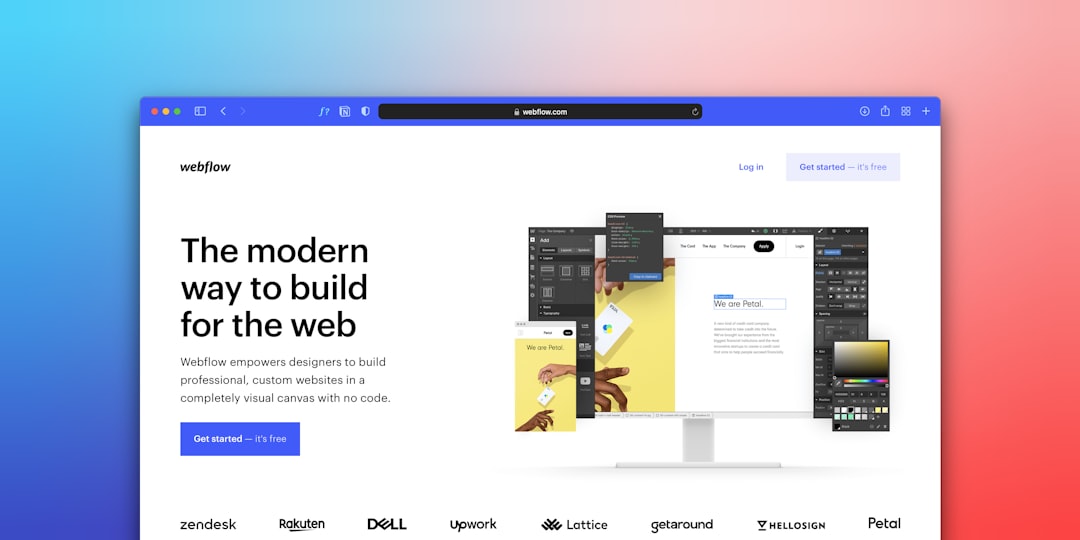As the digital landscape continually evolves, so do the expectations of savvy web users. One factor that significantly influences user experience is the design of the website. In particular, responsive web design has emerged as a critical aspect of modern web development. This article delves into the importance of responsive web design and its impact on your digital presence.

Responsive web design is the approach that suggests design and development should respond to the user’s behavior and environment based on screen size, platform, and orientation. This practice encompasses a mix of flexible grids and layouts, images, and an intelligent use of CSS media queries. As the user switches from their laptop to iPad, the website should automatically switch to accommodate for resolution, image size, and scripting abilities.
Any discussion about the power of responsive web design would be incomplete without mentioning its impact on user experience. A responsive website creates a smooth, seamless user experience, regardless of the device used to access it. It eliminates the need for panning, zooming, or horizontal scrolling, making your webpage easy to navigate and engage with.
Furthermore, responsive web design is a valuable tool for businesses looking to optimize their online presence. It aligns with the principles of UX design, and it is essential for SEO. Google rewards websites that are fully optimized for mobile platforms with a higher ranking in search results, enhancing your site’s visibility and, in turn, driving more traffic.
Mastering the art of responsive web design is an ongoing process, requiring a deep understanding of the latest design principles and technologies. Luckily, platforms like WordPress and WordPress PHP offer a plethora of tools and resources to simplify this task.
A few notable projects that efficiently demonstrate the use of responsive web design include the Responsive React TypeScript Data Listing Application, and the Responsive Hand-coded HTML Email built for Marketo (Nespresso Official).
When it comes to implementing responsive web design, the key is to start small (a mobile-first approach), then scale up to larger screens. This involves designing for the smallest screen size first and progressively enhancing the design for larger screens. This approach ensures that your website is accessible and functional across all devices.
As we march forward into an increasingly digital age, the importance of responsive web design will only continue to grow. Businesses that wish to stay competitive must prioritize this aspect of web development. Remember, a website that provides a seamless user experience across all platforms is likely to retain users and convert them into customers.





